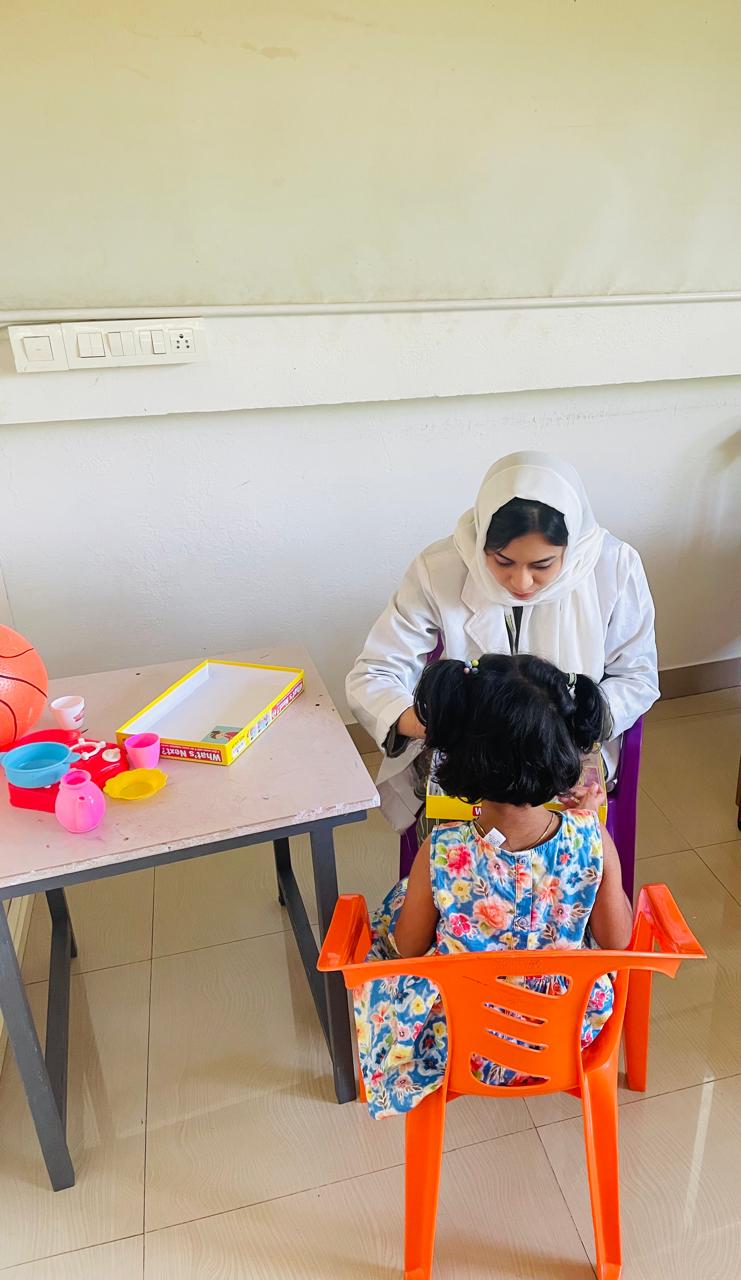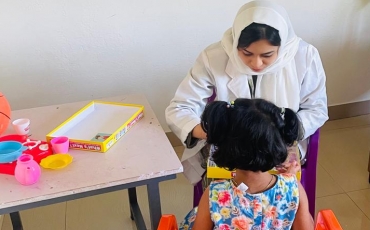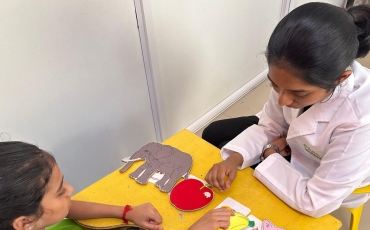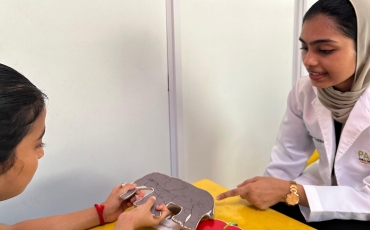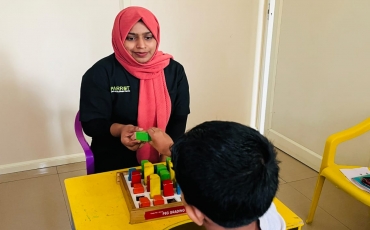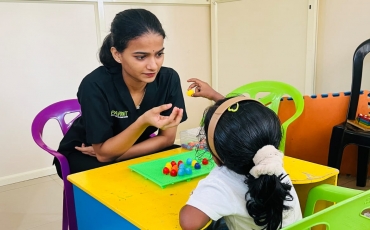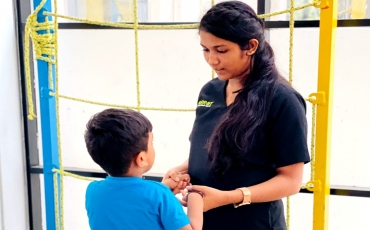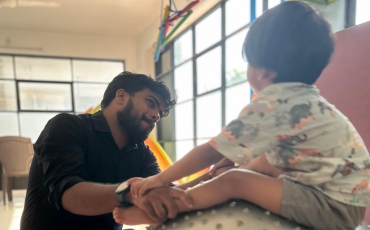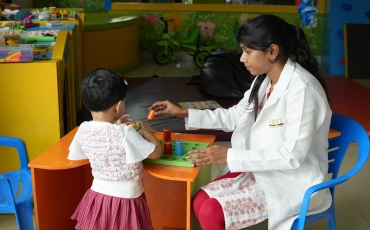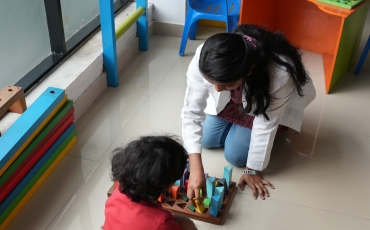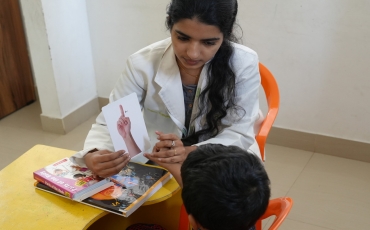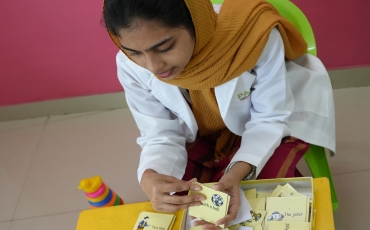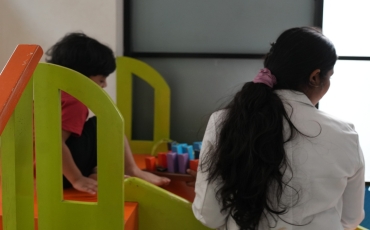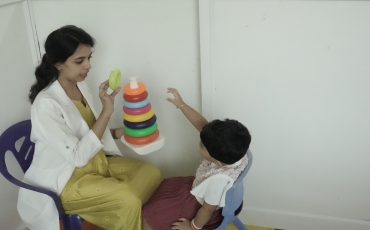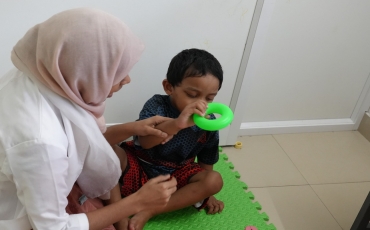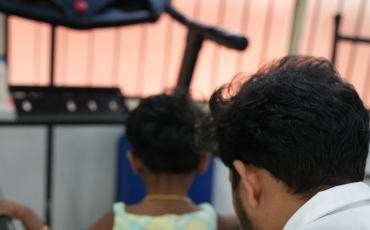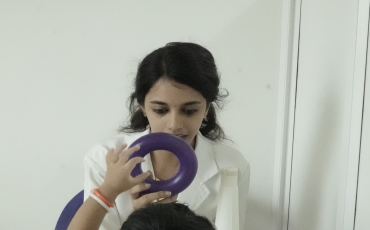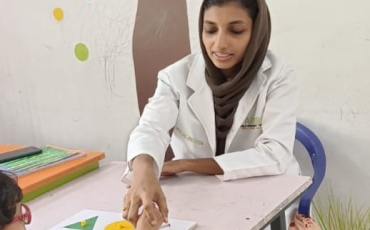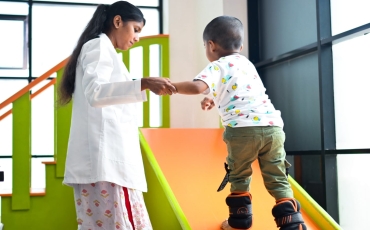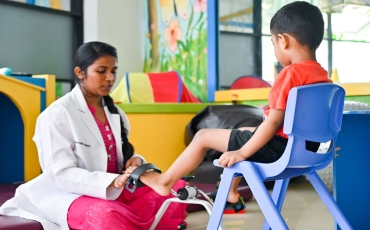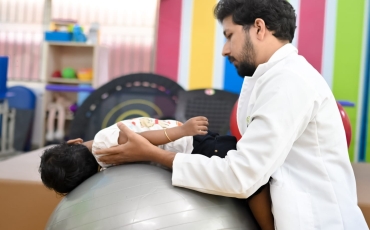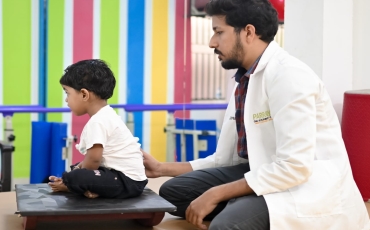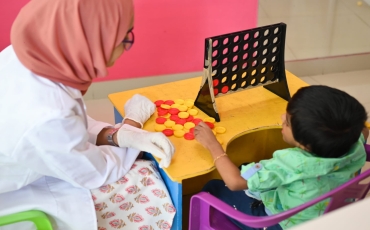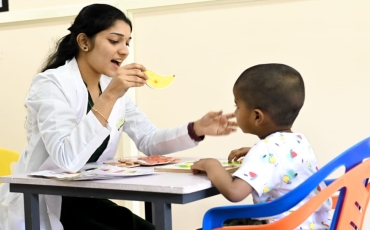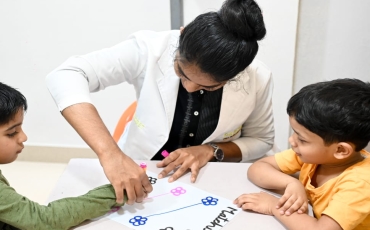DOWN SYNDROME
Down syndrome is a genetic disorder caused when abnormal cell division results in an extra full or partial copy of chromosome 21. This extra genetic material causes the developmental changes and physical features of Down syndrome.
Down syndrome varies in severity among individuals, causing lifelong intellectual disability and developmental delays. It's the most common genetic chromosomal disorder and cause of learning disabilities in children. It also commonly causes other medical abnormalities, including heart and gastrointestinal disorders.
Better understanding of Down syndrome and early interventions can greatly increase the quality of life for children and adults with this disorder and help them live fulfilling lives.
misterwatches.watch
topreplica.us
showreplica.com
Symptoms
Each person with Down syndrome is an individual — intellectual and developmental problems may be mild, moderate or severe. Some people are healthy while others have significant health problems such as serious heart defects.
Children and adults with Down syndrome have distinct facial features. Though not all people with Down syndrome have the same features, some of the more common features include:
Flattened face
Small head
Short neck
Protruding tongue
Upward slanting eye lids (palpebral fissures)
Unusually shaped or small ears
Poor muscle tone
Broad, short hands with a single crease in the palm
Relatively short fingers and small hands and feet
Excessive flexibility
Tiny white spots on the colored part (iris) of the eye called Brushfield's spots
Short height
Infants with Down syndrome may be average size, but typically they grow slowly and remain shorter than other children the same age.
Intellectual disabilities
Most children with Down syndrome have mild to moderate cognitive impairment. Language is delayed, and both short and long-term memory is affected.
Causes
Human cells normally contain 23 pairs of chromosomes. One chromosome in each pair comes from your father, the other from your mother.
Down syndrome results when abnormal cell division involving chromosome 21 occurs. These cell division abnormalities result in an extra partial or full chromosome 21. This extra genetic material is responsible for the characteristic features and developmental problems of Down syndrome. Any one of three genetic variations can cause Down syndrome:
Trisomy 21. About 95 percent of the time, Down syndrome is caused by trisomy 21 — the person has three copies of chromosome 21, instead of the usual two copies, in all cells. This is caused by abnormal cell division during the development of the sperm cell or the egg cell.
Mosaic Down syndrome. In this rare form of Down syndrome, a person has only some cells with an extra copy of chromosome 21. This mosaic of normal and abnormal cells is caused by abnormal cell division after fertilization.
Translocation Down syndrome. Down syndrome can also occur when a portion of chromosome 21 becomes attached (translocated) onto another chromosome, before or at conception. These children have the usual two copies of chromosome 21, but they also have additional genetic material from chromosome 21 attached to another chromosome.
There are no known behavioral or environmental factors that cause Down syndrome.
Is it inherited?
Most of the time, Down syndrome isn't inherited. It's caused by a mistake in cell division during early development of the fetus.
Translocation Down syndrome can be passed from parent to child. However, only about 3 to 4 percent of children with Down syndrome have translocation and only some of them inherited it from one of their parents.
When balanced translocations are inherited, the mother or father has some rearranged genetic material from chromosome 21 on another chromosome, but no extra genetic material. This means he or she has no signs or symptoms of Down syndrome, but can pass an unbalanced translocation on to children, causing Down syndrome in the children.
Risk factors
Some parents have a greater risk of having a baby with Down syndrome. Risk factors include:
Advancing maternal age. A woman's chances of giving birth to a child with Down syndrome increase with age because older eggs have a greater risk of improper chromosome division. A woman's risk of conceiving a child with Down syndrome increases after 35 years of age. However, most children with Down syndrome are born to women under age 35 because younger women have far more babies.
Being carriers of the genetic translocation for Down syndrome. Both men and women can pass the genetic translocation for Down syndrome on to their children.
Having had one child with Down syndrome. Parents who have one child with Down syndrome and parents who have a translocation themselves are at an increased risk of having another child with Down syndrome. A genetic counselor can help parents assess the risk of having a second child with Down syndrome.
Complications
People with Down syndrome can have a variety of complications, some of which become more prominent as they get older. These complications can include:
Heart defects. About half the children with Down syndrome are born with some type of congenital heart defect. These heart problems can be life-threatening and may require surgery in early infancy.
Gastrointestinal (GI) defects. GI abnormalities occur in some children with Down syndrome and may include abnormalities of the intestines, esophagus, trachea and anus. The risk of developing digestive problems, such as GI blockage, heartburn (gastroesophageal reflux) or celiac disease, may be increased.
Immune disorders. Because of abnormalities in their immune systems, people with Down syndrome are at increased risk of developing autoimmune disorders, some forms of cancer, and infectious diseases, such as pneumonia.
Sleep apnea. Because of soft tissue and skeletal changes that lead to the obstruction of their airways, children and adults with Down syndrome are at greater risk of obstructive sleep apnea.
Obesity. People with Down syndrome have a greater tendency to be obese compared with the general population.
Spinal problems. Some people with Down syndrome may have a misalignment of the top two vertebrae in the neck (atlantoaxial instability). This condition puts them at risk of serious injury to the spinal cord from overextension of the neck.
Leukemia. Young children with Down syndrome have an increased risk of leukemia.
Dementia. People with Down syndrome have a greatly increased risk of dementia — signs and symptoms may begin around age 50. Having Down syndrome also increases the risk of developing Alzheimer's disease.
Other problems. Down syndrome may also be associated with other health conditions, including endocrine problems, dental problems, seizures, ear infections, and hearing and vision problems.
For people with Down syndrome, getting routine medical care and treating issues when needed can help with maintaining a healthy lifestyle.
Life expectancy
Life spans have increased dramatically for people with Down syndrome. Today, someone with Down syndrome can expect to live more than 60 years, depending on the severity of health problems.
Prevention
There's no way to prevent Down syndrome. If you're at high risk of having a child with Down syndrome or you already have one child with Down syndrome, you may want to consult a genetic counselor before becoming pregnant.
A genetic counselor can help you understand your chances of having a child with Down syndrome. He or she can also explain the prenatal tests that are available and help explain the pros and cons of testing.
COMMUNICATION IN DOWN’S SYNDROME
On average, language and communication characteristics of individuals with Down syndrome (the most common genetic cause of intellectual disability) follow a consistent profile. Despite considerable individual variability, receptive language is typically stronger than expressive language, with particular challenges in phonology and syntax. So while reviewing the literature on language and literacy skills of individuals with Down syndrome, with emphasis on the areas of phonology, vocabulary, syntax, and pragmatics. So by describing the hearing, oral-motor, cognitive, social, and prelinguistic and early nonverbal communication characteristics of individuals with Down syndrome.
Speech and language therapists play an important role in the treatment of individuals with Downsyndrome. Speech and language therapy improves, supports and develops speech, language and communication skills. Speech and language therapy additionally helps any difficulties the individual may have with eating, drinking and swallowing.
Many individuals with Downsyndrome will experience speech and language difficulties that will lead to impaired communication skills. Individuals with Downsyndromewill often have difficulty producing certain speech sounds, with some speech being difficult for others to understand. Children with Down syndrome commonly have delayed speech, language and communication skills in comparison to their typically developing peers. Children with Down syndrome are often very social and use their non-verbal skills (facial expression, gesture and body language) for longer than other children of the same age, due to their delayed speech and language skills.
Speech and language therapists will work on a number of areas of speech, language and communication and will aim to:
Improve oral motor skills
Develop eating and drinking skills
Develop emerging language skills
Improve and develop speech sounds
Use alternative and augmentative communication e.g. sign language and visual aids to support language learning.
Improve more complex speech disorders
Increase vocabulary
Speech and language therapists can offer a range of effective interventions for children with Downsyndrome. The type of intervention chosen will be specific to the individual's needs and abilities. The speech and language therapist will use the individuals strengths i.e. use of non-verbal communication to support their speech and language learning.
Speech and Language Therapy programmes need to be individually designed to meet all of the communication needs of a child with Downsyndrome. It is important the speech and language therapists work closely with the child's parents/carers to provide support and advice regarding any problems the child may be experiencing. It is important that all speech and language therapy interventions are constantly re-evaluated as throughout different developmental stages of the child's life varying treatment may be required. Speech and language therapists will work closely with other members of the multidisciplinary team to ensure that interventions are as successful as possible.
Speech and language therapy is highly beneficial for individuals with DownSyndrome as it helps to support, improve and develop speech, language and communication skills. Speech and language therapy also helps any eating, drinking and swallowing difficulties.
The main aim of speech and language therapy for children with DownSyndrome is to maximise the individuals communication to their highest potential across their home, educational and social environments. Speech and language therapy is a key intervention for children with DownSyndrome, the earlier a child receives speech and language therapy the better the outcome will be for the child leading a more independent life.

